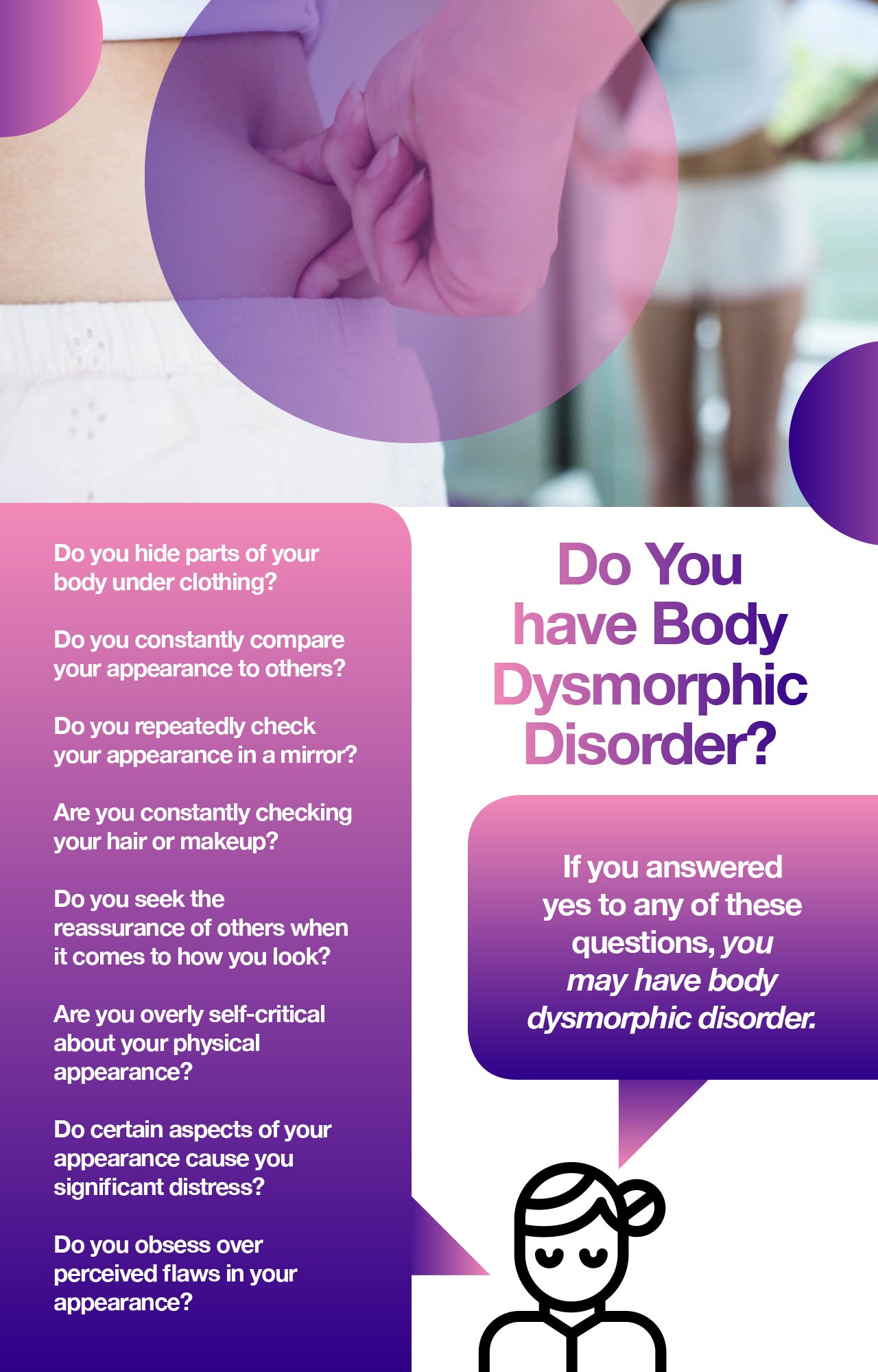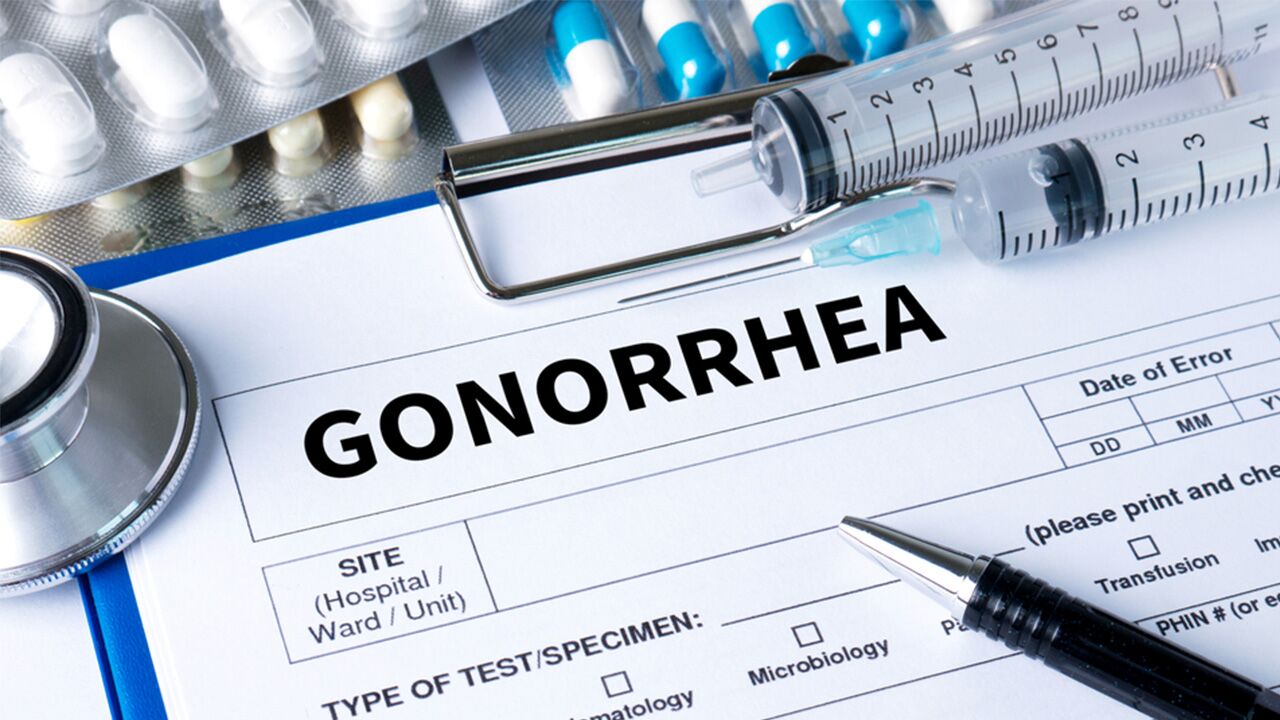5 Things You Should Know About Body Dysmorphic Disorder
 By: by Amino Science
By: by Amino Science

It’s no secret that society puts pressure on people to look a certain way. However, some people experience more than simply mild concern about their physical appearance. In fact, individuals with body dysmorphic disorder, or BDD, can find their lives and mental health taken over by repetitive behaviors and thoughts that leave them little time to focus on anything else.
In this article, we’re going to look more closely at body dysmorphic disorder and discuss five things you should know if you or someone you love is suffering from the symptoms of BDD.
What Is Body Dysmorphic Disorder?
Body dysmorphic disorder is a body image disorder that causes an individual to obsess over a perceived flaw in one or more specific body parts. While many people are unhappy with a certain aspect of their appearance, symptoms of BDD are intrusive and difficult to control and cause significant disruptions to an individual’s daily life.
A person suffering from BDD may spend hours of every day dealing with obsessive thoughts about very small or even nonexistent flaws in their body, accompanied by behaviors designed to hide or improve their appearance.
Because the thoughts that characterize BDD—and the compulsive behaviors they lead to in an attempt to control them—may be so time-consuming and result in such significant distress, they can affect a person’s entire quality of life and cause low self-esteem, school or work difficulties, and avoidance of social situations.
While people with body dysmorphic disorder can become fixated on any part of the body, common areas and aspects most often involved include:
- Skin (complexion, wrinkles, or blemishes)
- Nose
- Head or body hair
- Breasts (size or shape)
- Overall build or muscle size (muscle dysmorphia)
According to the American Psychiatric Association (APA), BDD typically begins between the ages of 12 and 13. And it’s estimated that between 1.7% and 2.4% of people in the United States, or about 1 in 50 people, suffer from this potentially debilitating mental disorder.
However, it’s thought that the prevalence of BDD could be even higher, as many people with the condition are hesitant to seek help due to feelings of shame and embarrassment.
Risk Factors for Body Dysmorphic Disorder
A number of factors can predispose someone to developing BDD. These include:
- Family history: People with a family history of BDD or obsessive-compulsive disorder (OCD) are more likely to develop BDD themselves.
- Trauma history: People with a history of teasing, bullying, or trauma have a greater risk of developing BDD.
- Personality traits: People with perfectionist traits and a tendency to internalize societal expectations of beauty are more prone to developing body dysmorphic disorder.
- Pre-existing mental disorders: People with a history of other mental illnesses, including anxiety and depression, are more likely to have BDD.
Symptoms of Body Dysmorphic Disorder
If you suspect you or someone you love may be suffering from body dysmorphic disorder, keep an eye out for the following potential warning signs:
- Frequent mirror checking (or avoidance)
- Excessive grooming
- Skin picking
- Repeated changing of clothes
- Hiding perceived defects with makeup or clothes
- Constantly comparing one’s appearance to others
- Reassurance seeking
- Engaging in frequent cosmetic surgery without satisfaction
BDD and Related Disorders
Body dysmorphic disorder is associated with a number of other medical and psychiatric disorders that may coexist with BDD or arise as a complication of it. Some of the more common disorders and associated conditions are:
- Obsessive-compulsive disorder (OCD)
- Social anxiety disorder
- Major depressive disorder
- Suicidal ideation and attempts
- Eating disorders
- Substance abuse

5 Important Things to Know About Body Dysmorphic Disorder
Although body dysmorphic disorder has been recognized for over a century (in fact, it was referred to as dysmorphophobia in the 19th century), the condition has been a focus of research for less than 20 years. This may explain why a number of myths continue to surround this often disabling mental health disorder.
So let’s help dispel some of these misconceptions by taking a look at five things everyone should know about body dysmorphic disorder.
1. People with BDD Aren’t Vain
Individuals with BDD are often thought of as simply excessively vain, but the reality is that people who suffer from body dysmorphic disorder feel incredibly insecure about their physical appearance. In fact, people with extreme BDD can become filled with such self-loathing and disgust at their appearance that they refuse to leave the house—sometimes for years.
2. BDD Is Not an Eating Disorder
While people with BDD can become obsessed about their weight, they aren’t suffering from an eating disorder like anorexia or bulimia. On the contrary, the obsessive thoughts and repetitive behaviors that characterize the condition mean the Diagnostic and Statistical Manual of Mental Disorders, Fifth Edition (DSM-5) classifies body dysmorphic disorder as a type of obsessive-compulsive disorder.
3. Many People with BDD Undergo Cosmetic Surgery
One of the dangers associated with BDD is a compulsive desire to undergo plastic surgery that can become an addiction. In fact, individuals with BDD are up to 15 times more likely to seek out cosmetic surgery than people without the disorder.
Unfortunately, surgery provides only a temporary respite from symptoms before people with body dysmorphic disorder begin to obsess again over their physical appearance.
4. Suicide Is Prevalent in People with BDD
Individuals with body dysmorphic disorder are far more likely to think about and attempt suicide than people without the condition. In fact, the evidence suggests that rates of suicidal ideation in people with BDD range from 17% to 77%, while rates of suicide attempts range from 3% to 63%.
5. Treatment Exists for BDD
Anyone suffering from BDD needs to be aware that there are treatments available that can help them reduce their symptoms and improve their overall quality of life. But before treatment can begin, you first need a diagnosis.
So after speaking with you regarding your personal and family history and performing a physical examination to rule out other conditions, your health care provider will likely refer you to a mental health professional for a psychological evaluation to confirm the diagnosis.
Once the diagnosis of body dysmorphic disorder has been confirmed, the good news is that a combination of cognitive behavioral therapy (CBT) and antidepressant medications has been found to be effective in the majority of people suffering from symptoms of BDD.
Antidepressant medications like selective serotonin reuptake inhibitors (SSRIs) can assist in decreasing the obsessive and compulsive symptoms associated with BDD. And CBT can help individuals learn new and more effective ways of dealing with BDD triggers by addressing ongoing problems, finding more effective coping strategies, and developing new ways of processing negative thoughts, feelings, and behaviors.
While many people with BDD avoid seeking help because they feel ashamed or embarrassed about their condition, it’s important to remember that BDD is a mental health disorder, not a personal failing. And with the help of a supportive treatment team, it is possible to live a full and productive life.
So if you or someone you love has signs or symptoms of body dysmorphic disorder, don’t hesitate to seek the medical advice of your health care provider or mental health professional.
The Amino Company is here to support you. We develop premium patented essential amino acid products to help improve muscle health, mass and strength, and optimize mood and energy levels. Should you have any questions about our products and how they can help support your physical and mental health goals, please reach out to our friendly customer service team 833-264-6620 or click on the chat box.

Up to 25% off Amino
Shop NowTAGS: conditions
Join the Community
Comments (0)
Most Craveable Recipes




 833-264-6620
833-264-6620



















